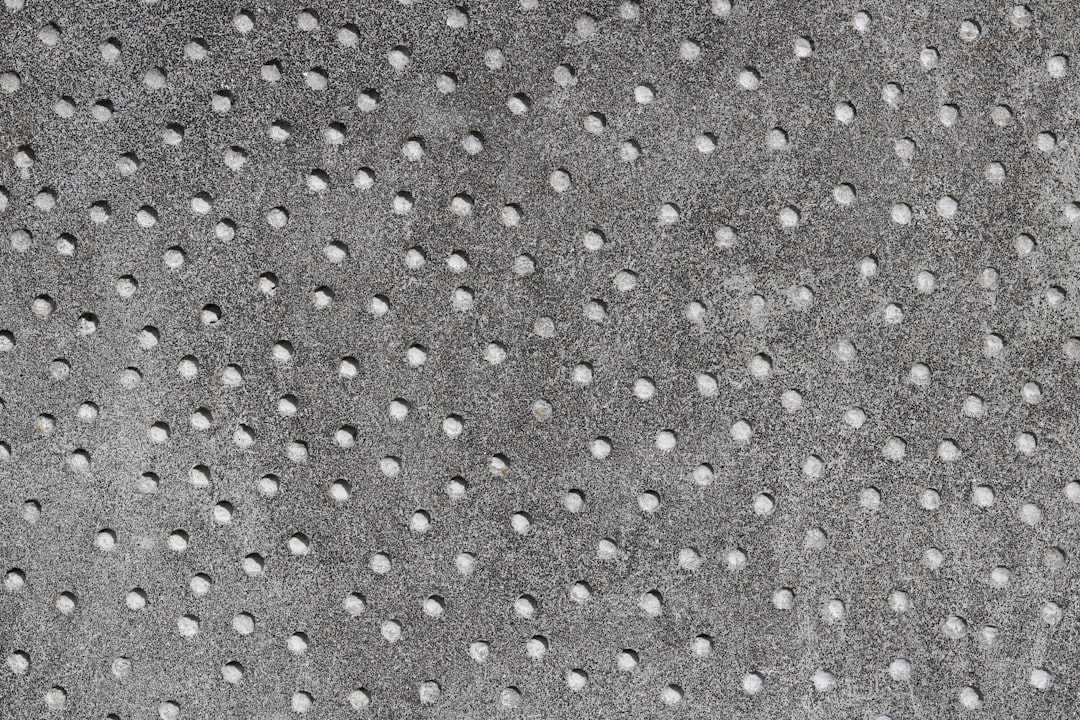What is it about?
This work presents years of upgrades to the Gamma Ray Imager (GRI) --- a hard X-ray camera imaging radiation from runaway electrons on the DIII-D tokamak. Multiple changes to the GRI and its array of detectors allowed us to significantly increase the count rate (by more than 1000x) and study runaway physics in new scenarios.
Featured Image

Photo by National Cancer Institute on Unsplash
Why is it important?
It's a challenge to study runaway electrons generated in tokamak disruptions --- measuring of their signals requires tools which can deal with from very low to very high signals (changing by more than 1000x) and do it quickly (on a millisecond or less time scale). To make the Gamma Ray Imager resilient to very strong hard X-ray fluxes from runaway electrons we made a series of upgrades, including ultrafast gamma ray detectors turning it into a state-of-the-art tokamak diagnostic.
Perspectives
We believe that reporting this work is very useful to share our experience with experts in the field as well as to help to understand people challenges of disruption mitigation studies and runaway electron measurements in particular.
Andrey Lvovskiy
General Atomics
Read the Original
This page is a summary of: Upgrades to the gamma ray imager on DIII-D enabling access to high flux hard x-ray measurements during the runaway electron plateau phase (invited), Review of Scientific Instruments, November 2022, American Institute of Physics,
DOI: 10.1063/5.0101690.
You can read the full text:
Contributors
The following have contributed to this page










